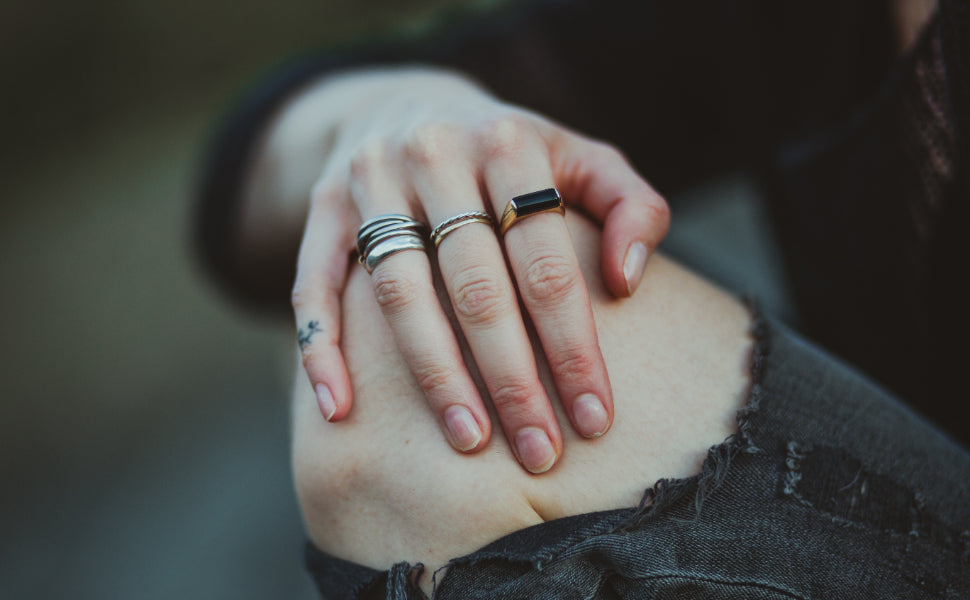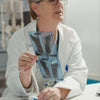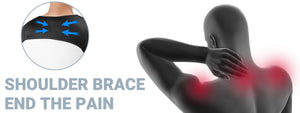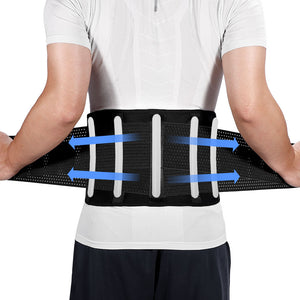What Holds Your Kneecap in Place?

An overview of the structures that hold the kneecap in place is given in this article. The patella, or kneecap, must be stable in order for the knee joint to function properly. The involved anatomical structures are examined in the article. Additional factors influencing kneecap stability are covered. Readers can acquire knowledge about preserving healthy knee joint function by comprehending the significance of kneecap positioning and the operation of related structures.
fivalifitness.com
Anatomy of the Kneecap
Situated at the front of the knee joint, the patella, or kneecap, is a small, triangular-shaped bone. It is essential to the knee's stability and functionality. The following are components of the kneecap's anatomy:
- Shape and Size: Measuring between two and three inches in length, the kneecap is a flat, triangular bone. Its smooth surfaces, pointed apex, and broad base all match up.
- Articular Surface: An even, glossy layer of cartilage known as articular cartilage covers the rear of the kneecap. When the knee is flexed or extended, this cartilage enables the kneecap to move smoothly over the thigh bone, or femur.
- Base and Apex: The patellar tendon is attached to the widest portion of the kneecap, which is its base. The kneecap's pointed tip is known as the apex.
- Patellar Tendon: Linking the tibia (shinbone) to the bottom of the kneecap is the patellar tendon, a robust and fibrous band. It facilitates the transfer of the force produced by the quadriceps muscles to the lower leg.
- Quadriceps Muscles: Located at the front of the thigh, the quadriceps muscles comprise four distinct muscles. The rectus femoris, vastus intermedius, vastus medialis, and vastus lateralis are among them. These muscles are crucial for maintaining kneecap stability and are responsible for extending the knee.
- Medial and Lateral Patellar Retinacula: Thickened bands of connective tissue known as retinacula hold the patella in place. Whereas the lateral patellar retinaculum is found on the outside of the knee, the medial patellar retinaculum is found on the inside. These structures help stabilize the kneecap, preventing it from lateral movement or dislocation.
- Ligaments and Other Supporting Structures: The surrounding muscles, tendons, and joint capsule, in addition to several ligaments, including the medial and lateral patellofemoral ligaments (MPFL and LPFL), all contribute to stabilizing the kneecap.
Patellar Ligament
The strong, fibrous band that joins the tibia (shinbone) to the patella (bottom of the kneecap) is called the patellar ligament, sometimes referred to as the patellar tendon. It is an extension of the quadriceps tendon, which is created at the top of the kneecap by the convergence of the four quadriceps muscles.
The patellar ligament is crucial to the operation of the knee joint. It facilitates the transfer of force produced by the quadriceps muscles to the lower leg, enabling actions like jumping, kicking, and running. Additionally, it helps to stabilize the kneecap while performing these motions.
The stability and integrity of the knee joint depend on the patellar ligament. It keeps the kneecap from moving too much, preserving its natural alignment. Moreover, this ligament supports the knee and helps absorb the forces applied during weight-bearing activities.
Patellar ligament injuries include tears and ruptures that can be brought on by trauma, overuse, or degenerative diseases. Knee pain, swelling, and impaired function can result from these injuries. Bracing, physical therapy, rest, or, in extreme circumstances, surgical repair are possible forms of treatment for injuries to the patellar ligament.
The intricate network of structures that stabilize and support the knee joint, enabling effective lower limb movement, includes the patellar ligament as a critical part.
Quadriceps Muscles
The quadriceps muscles, also referred to as the quadriceps femoris, comprise four muscles located in the front of the thigh. They cooperate to extend the knee and are necessary for various lower-limb activities, such as running, jumping, and stair climbing.
Extension of the knee joint, or straightening the leg from a bent position, is the primary job of the quadriceps muscles. Additionally, they stabilize the knee by opposing the forces that cause the hamstrings to flex. Additionally, the quadriceps muscles play a role in regulating deceleration during sports such as running and jumping.
The quadriceps muscles are essential for both daily activities and athletic performance because they are strong and capable of producing a large amount of force. Exercises such as leg presses, lunges, and squats help strengthen and condition these muscles, which can improve knee stability, reduce the risk of injury, and enhance the overall function of the lower limbs.
Medial and Lateral Patellar Retinacula
The thickened bands of connective tissue known as the medial and lateral patellar retinacula aid in maintaining the kneecap's (patella's) correct position within the knee joint. They are essential for preserving the patella's tracking and alignment during motion.
These retinacula are part of the supporting structures that help maintain the overall stability and functionality of the kneecap. To guarantee that the patella tracks, aligns, and is stable during knee movements, it cooperates with the patellar ligament and the quadriceps muscles.
Tips
Here are some things to think about to protect your knees and avoid injury:
- Keep your weight in check: Carrying too much weight strains your knee joints. Maintaining a healthy weight can help reduce the strain on your knees and lower your risk of knee issues.
- Put on a knee brace when necessary: Knee braces can be useful when engaging in high-risk activities (such as basketball or running) or when you must stand or walk for extended periods of time.
- Continue to move and exercise regularly: Physical activity strengthens the muscles surrounding the knee joint, providing stability and support. To keep your knees strong and flexible, aim to maintain a balance between cardiovascular exercises (such as swimming, cycling, or walking) and strength training exercises (like squats or lunges).
- Warm-up and cool-down: To enhance blood flow to the muscles and prime them for action, warm up with gentle movements before starting any exercise or physical activity. In a similar vein, use stretching exercises to help ease sore muscles and aid in the healing process afterward.
- Employ good form and technique: Pay attention to your form and technique when working out, playing sports, or going about your everyday business. This lessens the chance of injury and reduces excessive strain on the knees.
- Avoid overuse and repetitive strain: Vary your activities and avoid doing too much of a single exercise or movement that puts too much strain on your knees.
- Maintain flexibility: Regularly stretch your leg muscles, including the quadriceps, hamstrings, and calves, to keep them flexible. This can help reduce the likelihood of muscle imbalances and improve joint mobility.
- Pay attention to your body. Take note of these warning indicators if you have knee pain, discomfort, or swelling. Rest, adjust your activities as necessary, and see a doctor if your symptoms worsen or continue.
fivalifitness.com
Reference
The Kneecap (Patella) and Knee Joint
Basic Anatomy Of The Patella - Everything You Need To Know













